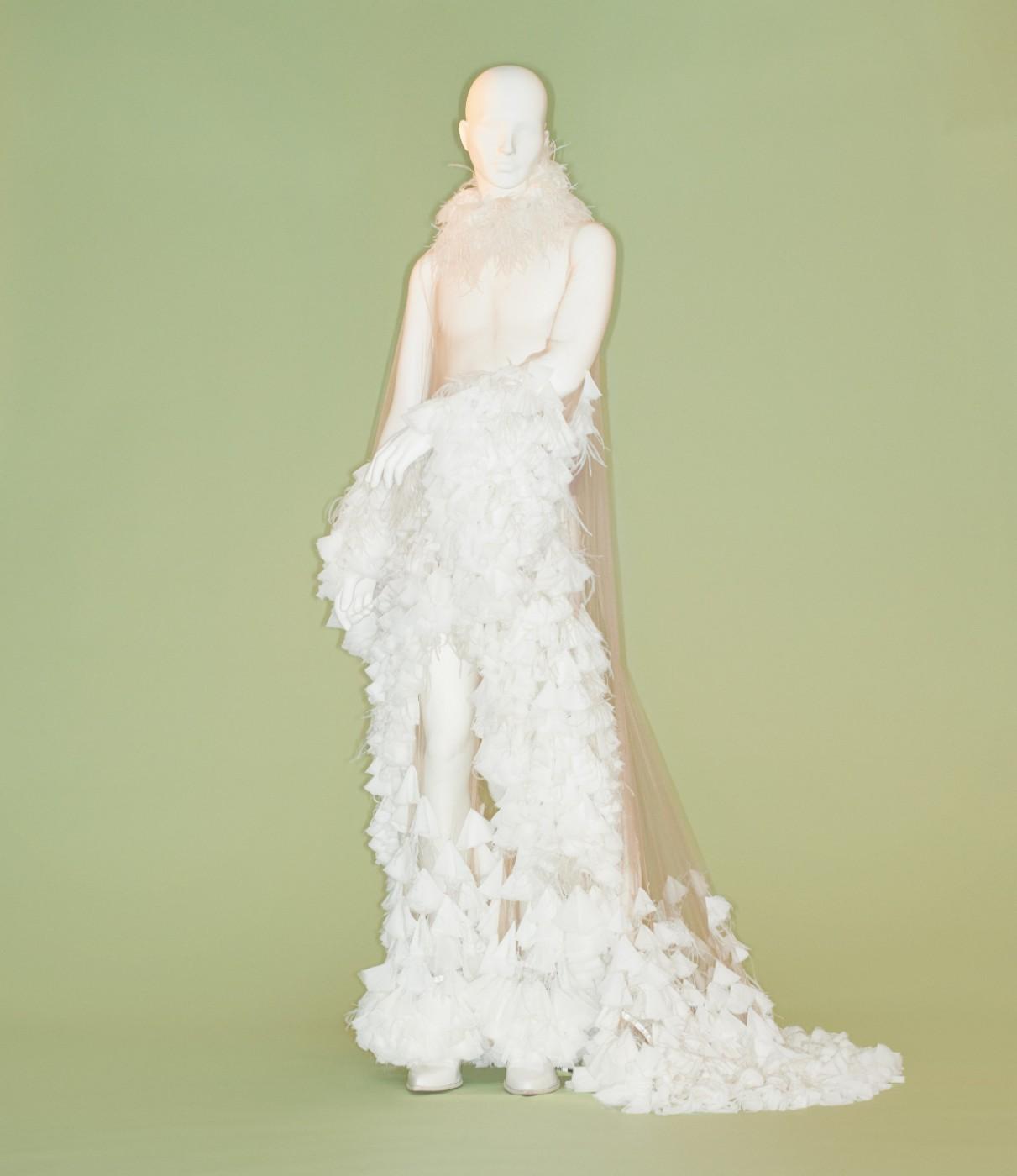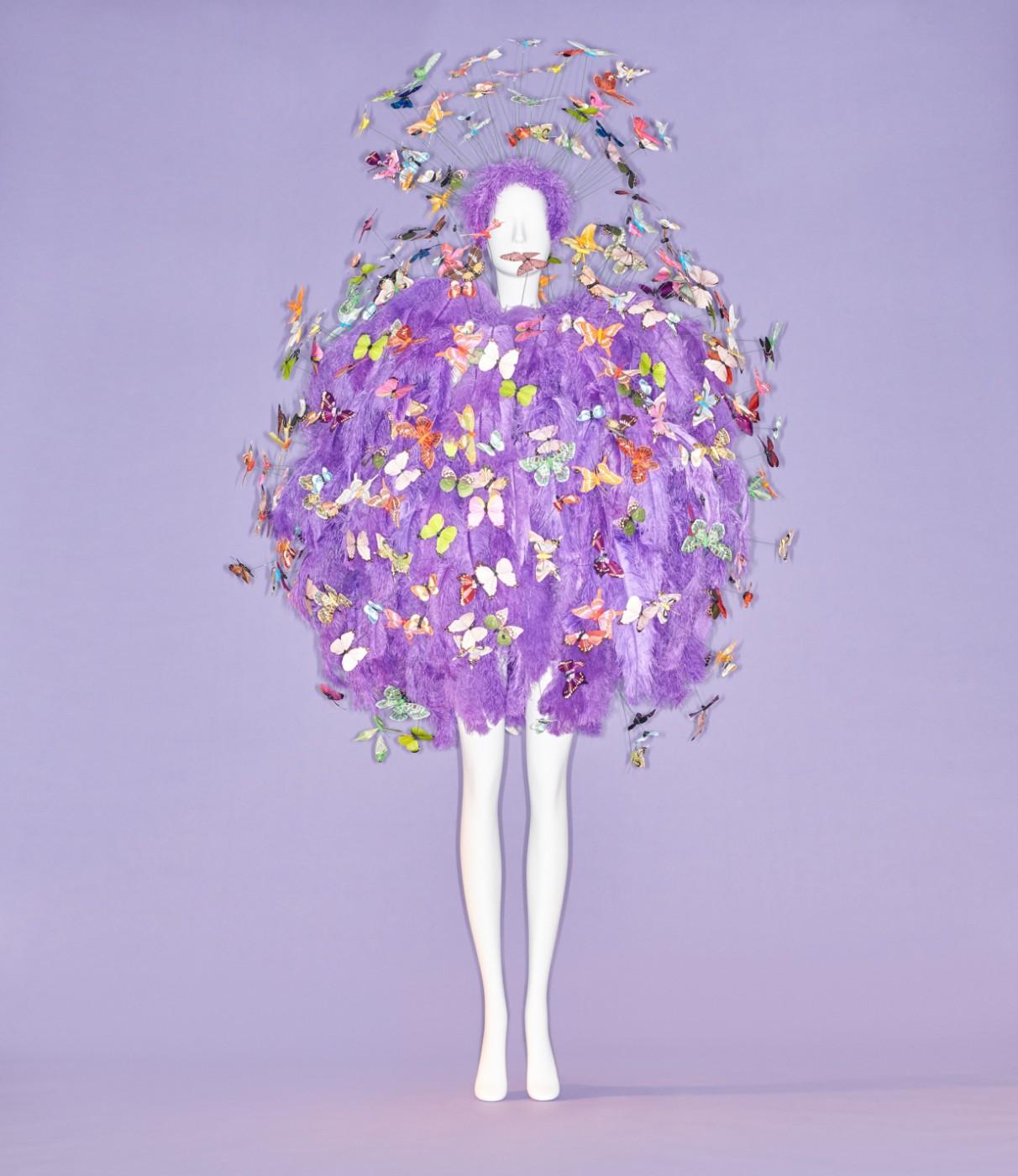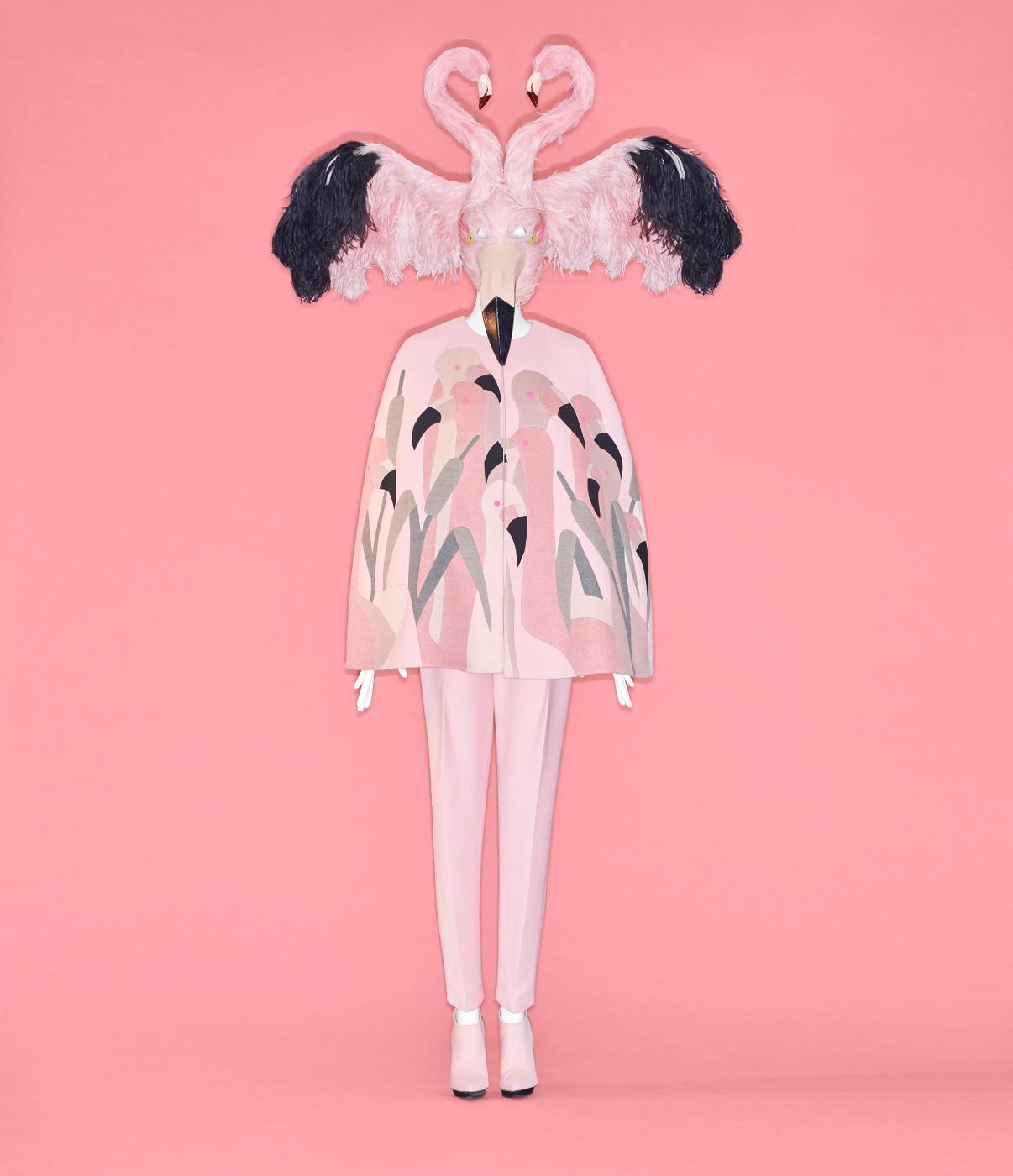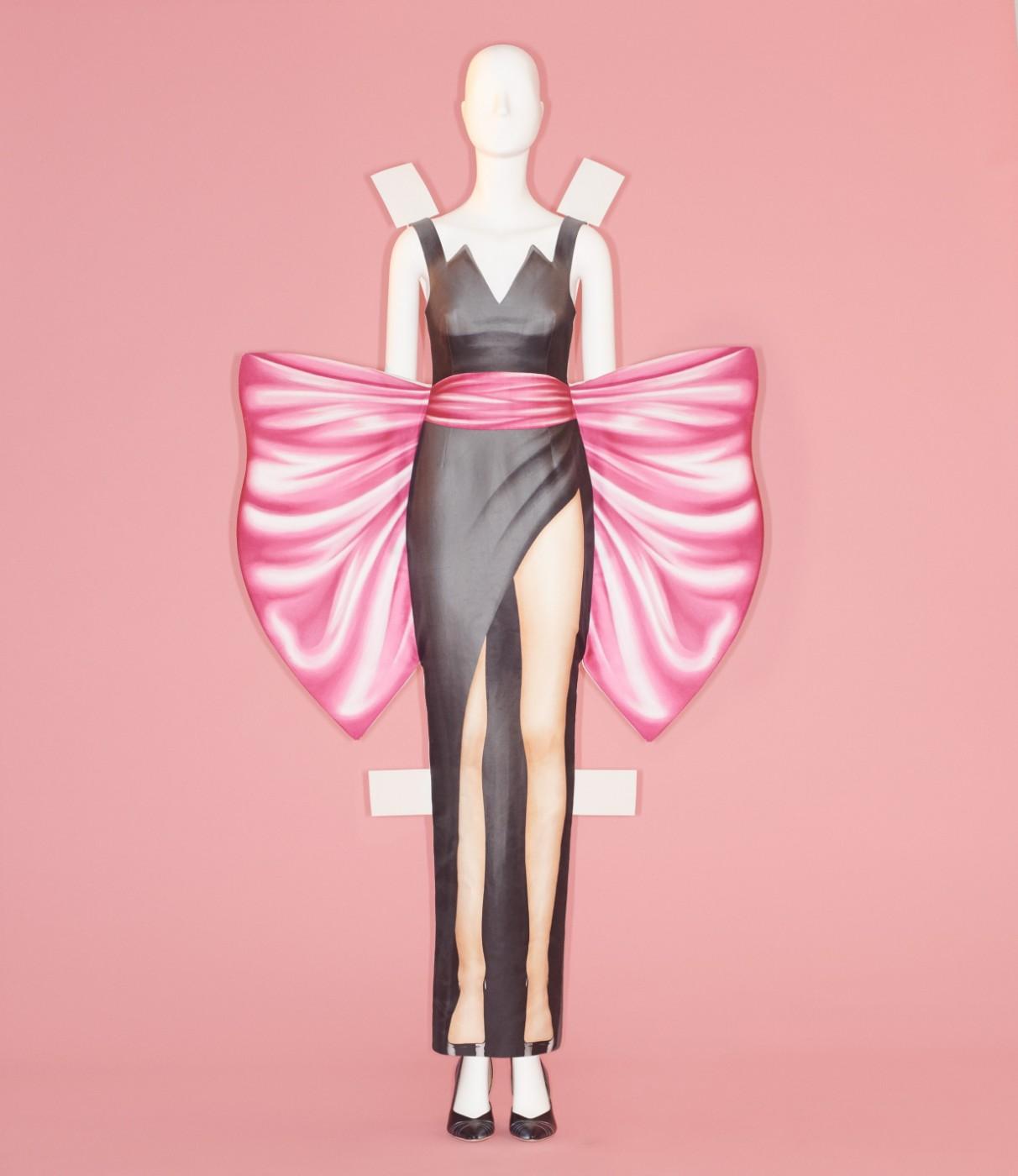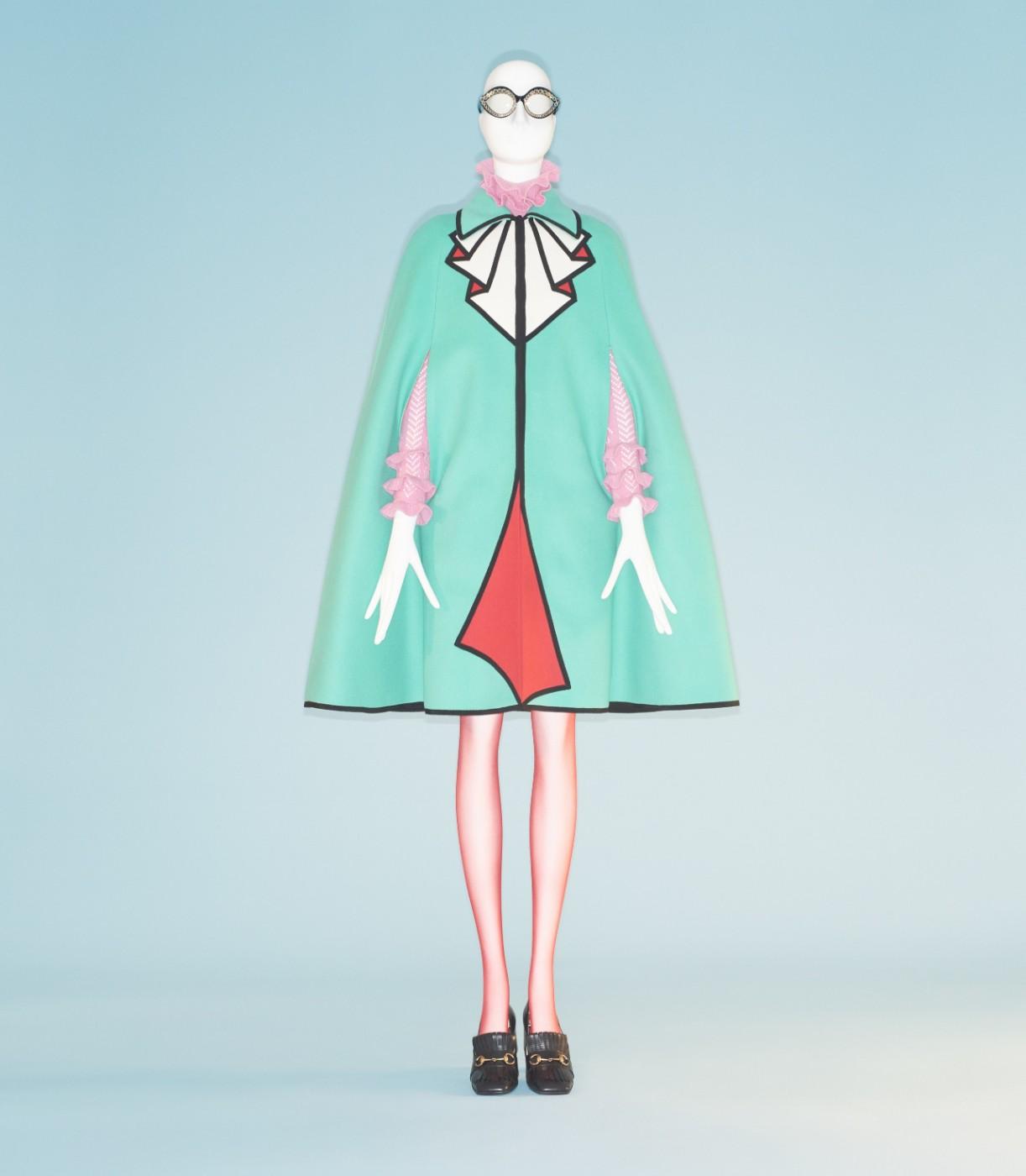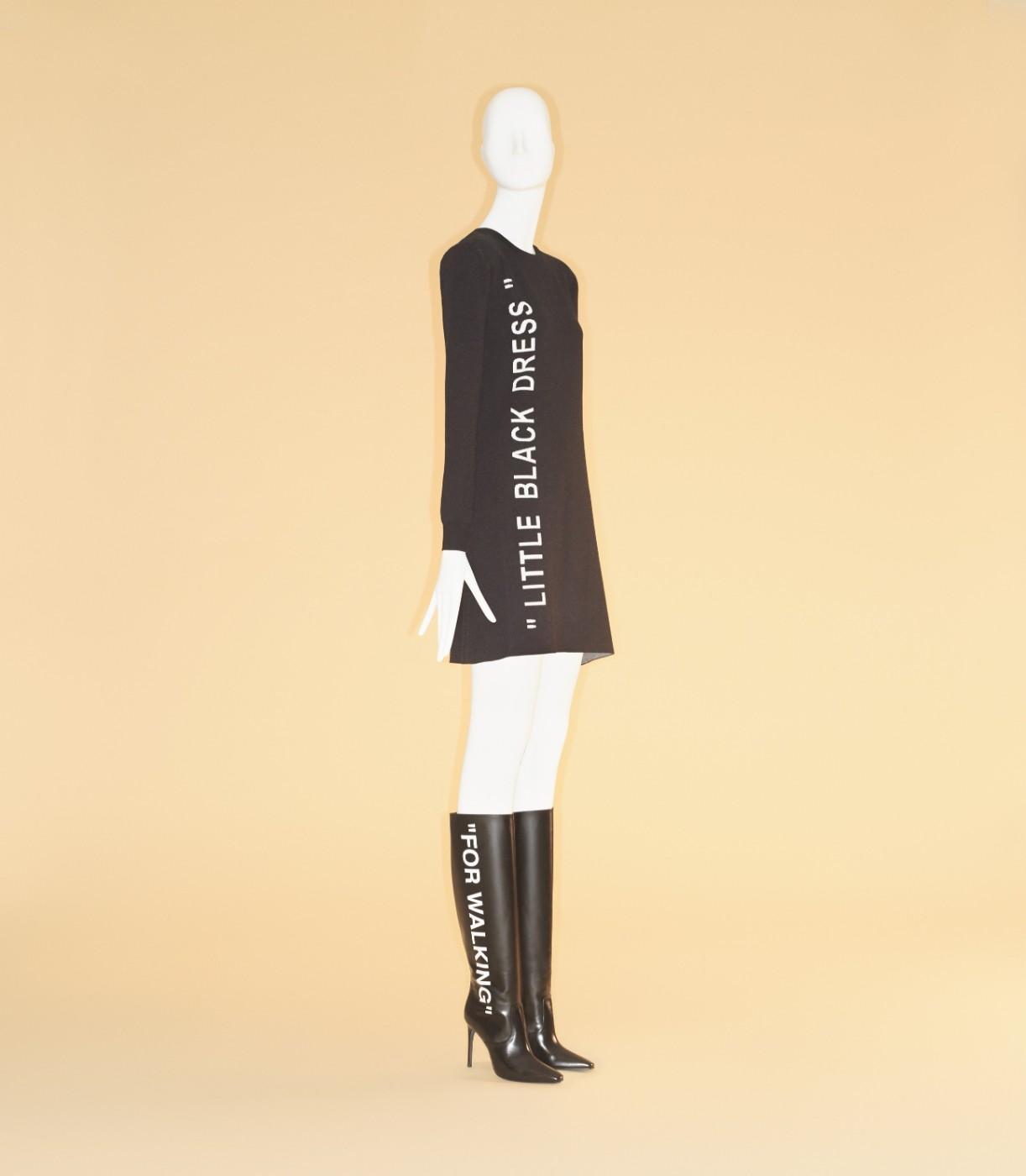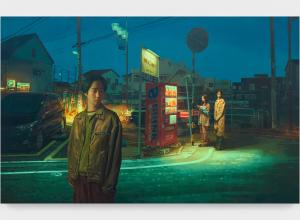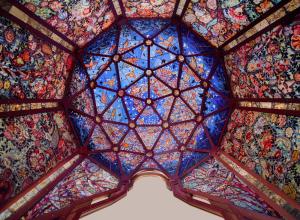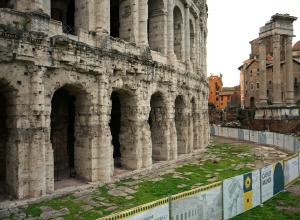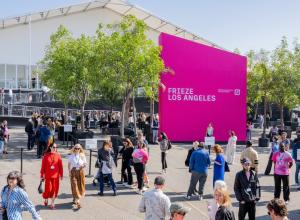Despite Sontag’s effusiveness, Camp remains a moving and changing entity, in part because it is so subjective, and because, as she says, “to talk about camp is to betray it.” Camp is largely defined by what it is not. Sontag describes it as: “a seriousness that fails;” apolitical; an emphasis on style rather than content; artifice; “either completely naive or else wholly conscious;” and playful. Like pornography, Camp is hard to define, but we know it when we see it. “Notes on ‘Camp’” ends with, “The ultimate Camp statement: it's good because it's awful.”
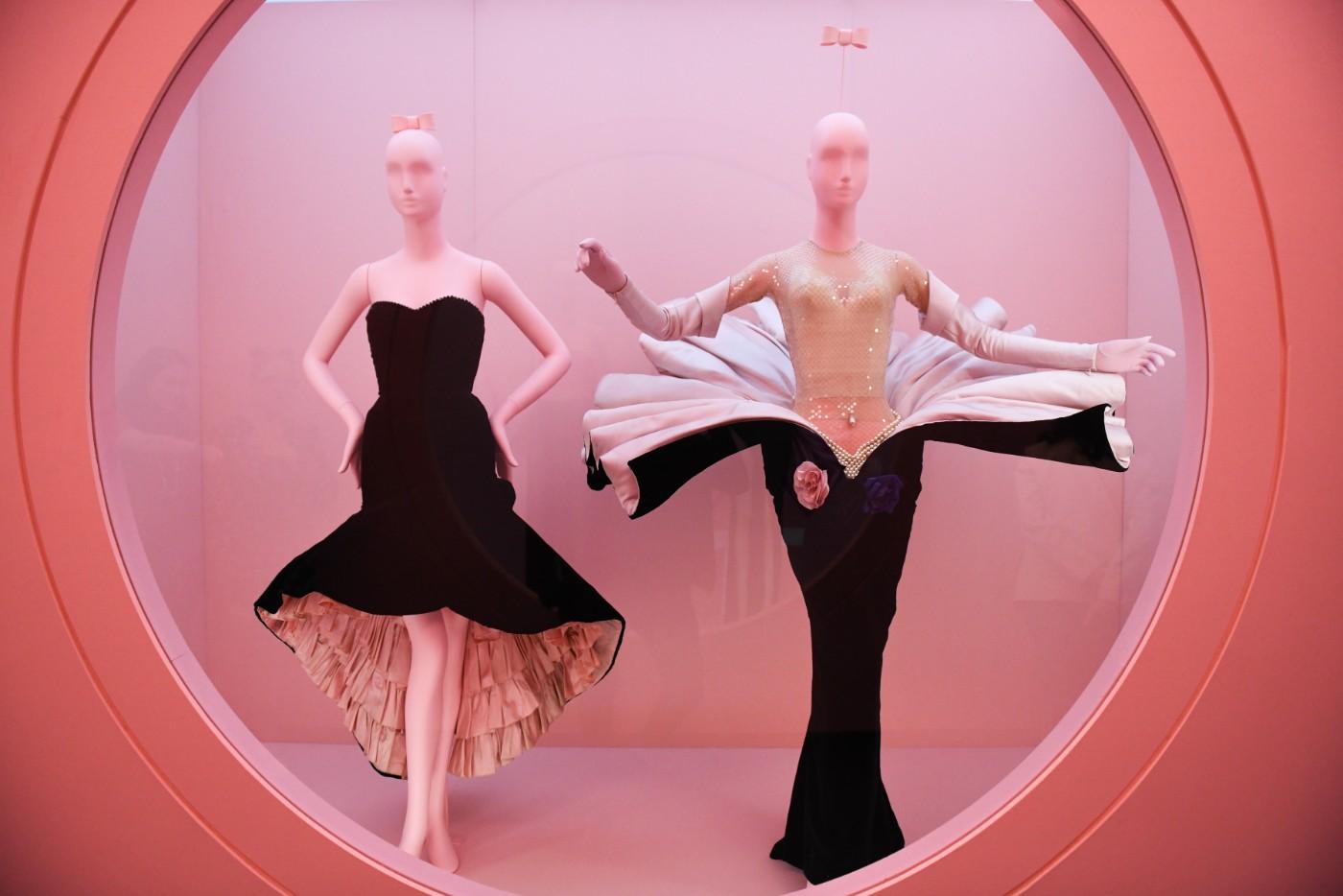
Camp: Notes on Fashion, Gallery View, Failed Seriousness
In this summer’s sweeping fashion exhibition at the Metropolitan Museum of Art’s Costume Institute, a notoriously difficult to pin-down concept is on display. Camp: Notes on Fashion, on view through September 8, is an exuberant, colorful exhibition that simultaneously addresses and artfully dodges the question, “What is ‘Camp’?”
Featuring around 250 objects from the 17th century to present day, Camp offers nearly as many definitions of the word. The Met defers primarily to Susan Sontag for their definition, whose 1964 essay “Notes on ‘Camp’” lends its name and structure to the exhibition. In her famous piece, which brought her to the forefront of American intellectualism and made Andy Warhol a fan, Sontag traces the history of the aesthetic, citing many examples in her list of 58 criteria.
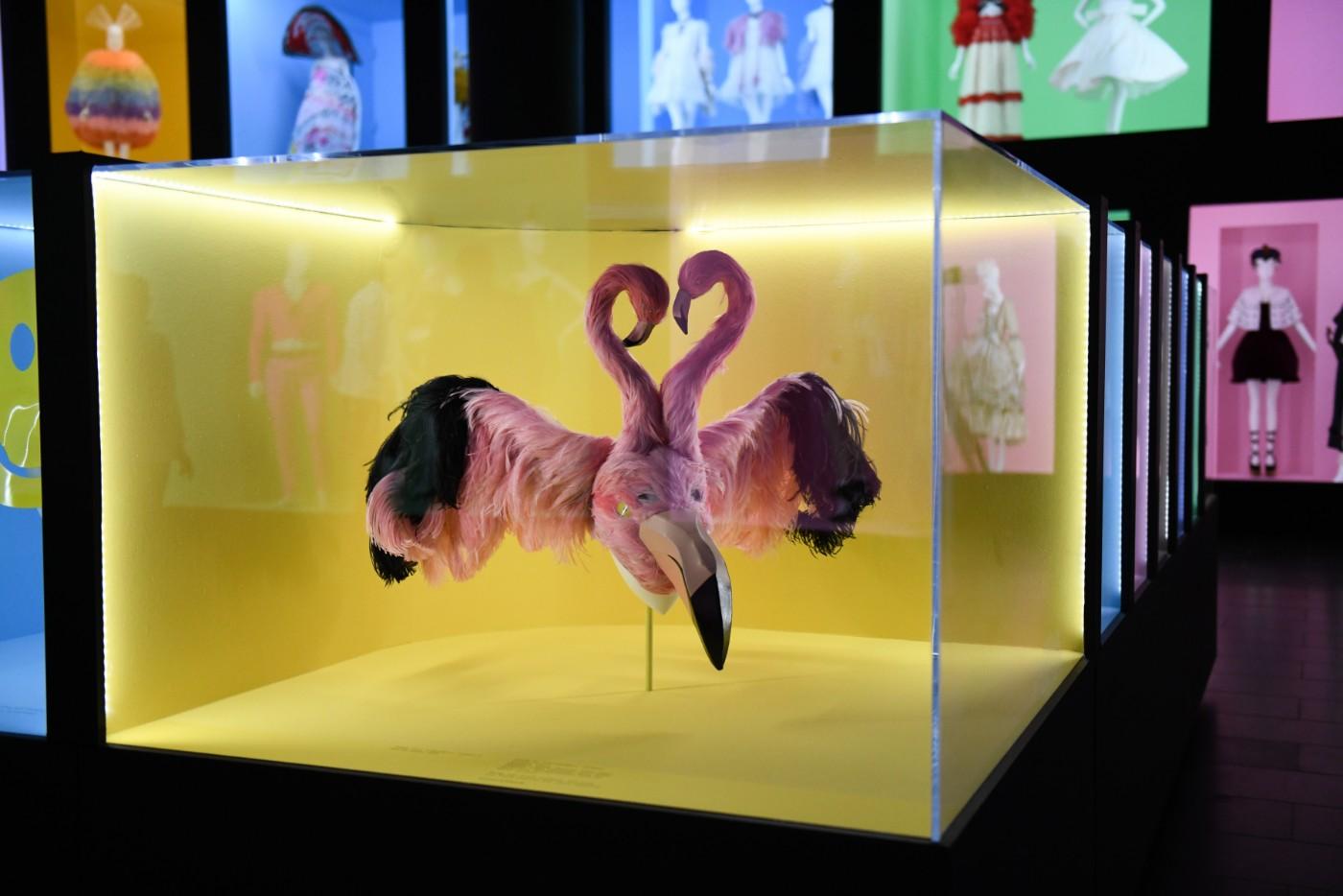
Camp: Notes on Fashion, Gallery View, Accessories Case
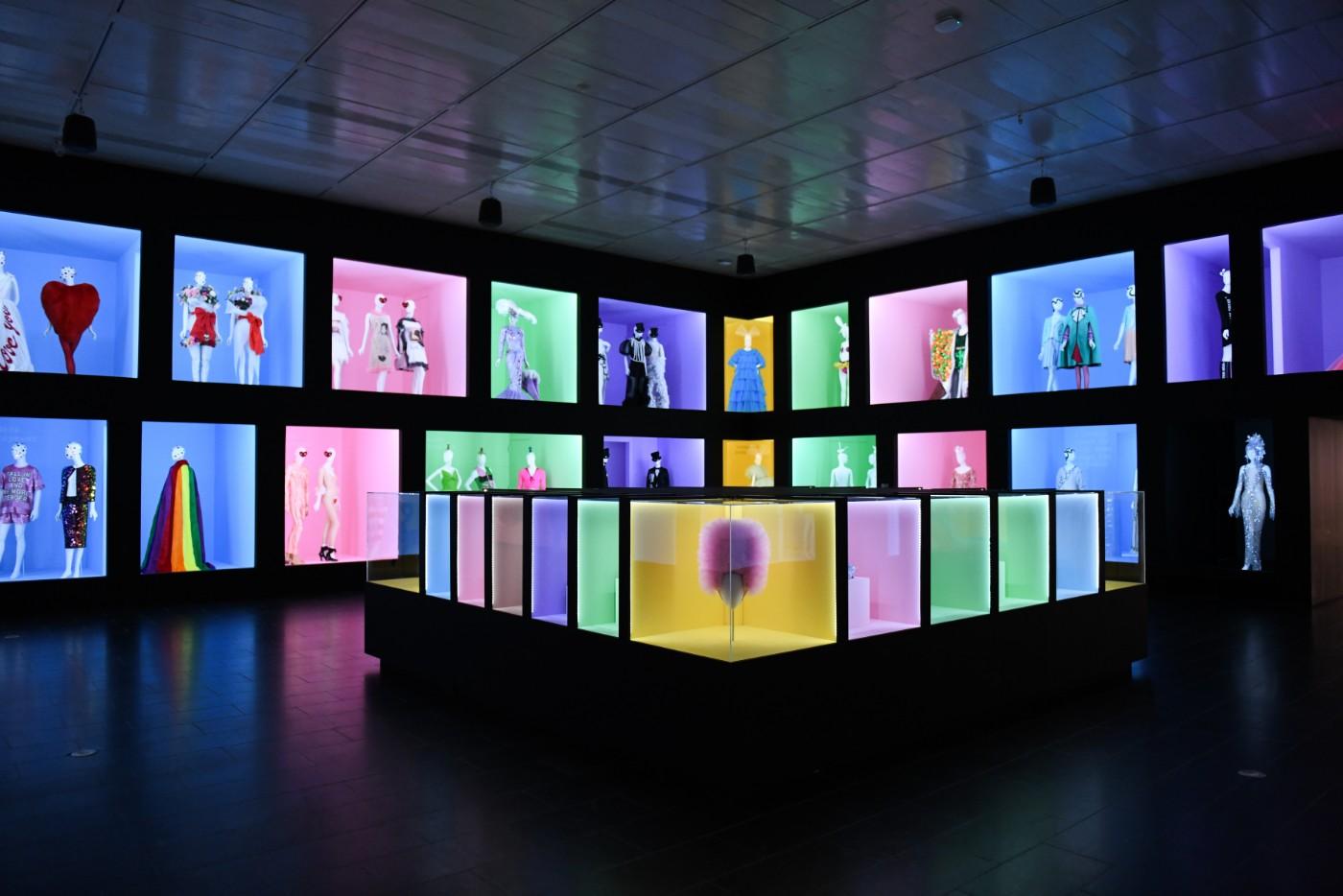
Camp: Notes on Fashion, Gallery View, Part 2
The objects on display at the Met, are, of course, gorgeous, and not awful. The exhibition begins in Versailles, in the royal courts of Louis XIV and Louis XV, the embodiment of Baroque extravagance. The exhibition also focuses on the Victorian dandy (Sontag’s essay is dedicated to Oscar Wilde), and the emergence of Camp as a queer aesthetic. Incorporating fine art and fashion, these galleries provide background for the exhibition halls displaying how modern and contemporary fashion has explored Camp.
The Met Gala, which took place on May 6, is a particularly apt setting for this theme. The fact that some guests were reportedly unsure of what ‘Camp’ means seems fitting, as the Met Gala is known for its extravagance and theatricality, making it fertile ground for the over-the-topness that Camp requires. From the impracticality of the attire to grand entrances, big personalities, and bigger price tags, for those of us sitting at home in jeans, the alleged seriousness of the Gala is all Camp.
Both humorous and serious in its satire, Camp blurs the line between good and bad tastes, high and low art. In such an esteemed setting as the Met, it can be hard to remember that part of Camp is mocking tastemakers. If you can keep this in mind, Camp: Notes on Fashion lets us laugh at and with some of fashion's greatest hits and misses.




